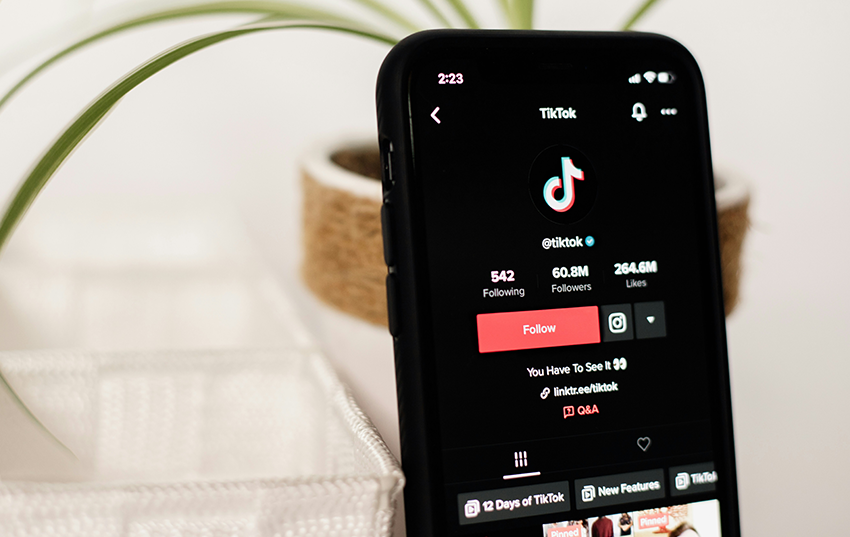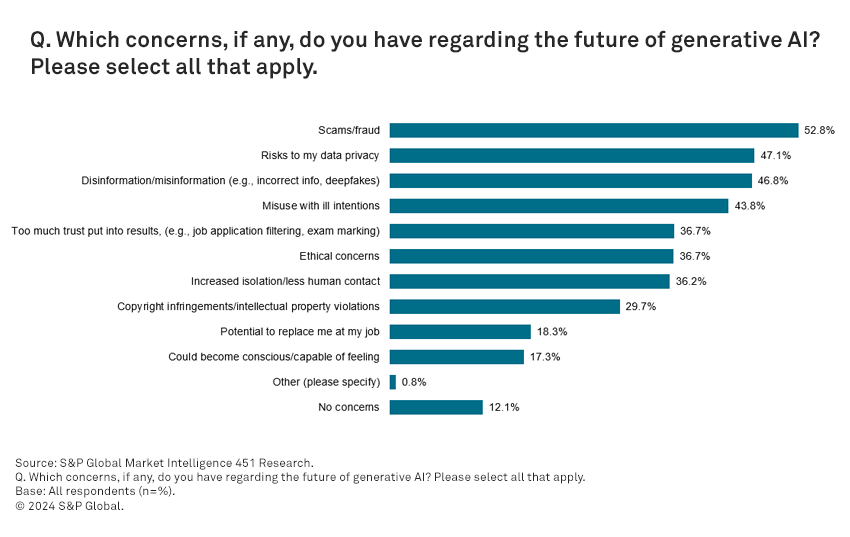
Source: Collabstr/Canon, EOS 6D Mark II via Unsplash.
As the digital landscape continues to evolve, the creator economy is becoming a pivotal area of interest, driven by the immense potential of the internet. More individuals are turning to their peers for entertainment, facilitated by the ease of access provided by social media platforms and perhaps our ever-decreasing attention spans. This shift has positioned the creator economy for transformative growth as technology becomes more intertwined with it.
The rise of shoppable content
One of the most significant trends in the creator economy is the rise of shoppable content. This innovative approach allows creators to embed direct purchasing links within their content, enabling seamless transactions without leaving the platform. Social media platforms, particularly TikTok, have embraced this trend by launching features like TikTok Shop, which integrates commerce directly into the user experience. This integration has been met with enthusiasm from both consumers and businesses, with nearly two-thirds of consumers making unplanned purchases through direct checkout experiences.
Consumer and business perspectives
From a consumer perspective, the appeal of shoppable content lies in its convenience. According to a recent survey conducted by 451 Research, a part of S&P Global Market Intelligence, 44% of consumers expressed interest in products advertised on social media or TV but refrained from purchasing due to cumbersome transaction processes. Shoppable content addresses this issue by streamlining the purchasing journey.
On the business side, an overwhelming 94% of consumer-facing organizations recognize the importance of leveraging embedded commerce capabilities. These capabilities, which include social media, smart devices, and augmented/virtual reality, are seen as crucial for meeting consumer expectations and enhancing the experience.
Influencer marketing’s growing influence
As brands increase their spending on influencer marketing, the integration of influencer marketing platforms into larger martech stacks is becoming more prevalent. This trend is evidenced by notable acquisitions, such as Sprout Social’s purchase of Tagger Media and Bazaarvoice’s acquisition of Affable.ai, aimed at connecting these platforms with broader marketing ecosystems. Such moves highlight the growing importance of influencer marketing in reaching desired audiences that traditional paid media often struggles to engage.
The impact of AI on the creator economy
While AI “creators” have the potential to disrupt the creator economy, societal pushback may hinder their mainstream adoption. Concerns about increased feelings of isolation and reduced human contact have been voiced by 36% of survey respondents. Despite this, AI-generated content remains a consideration for some organizations looking to reduce costs associated with human talent.

Meeting consumer expectations
Consumers today expect rich content experiences, and brands must leverage the creator economy to meet these demands. By collaborating with creators, organizations can ensure a steady stream of user-generated content, addressing content supply chain challenges and enhancing the overall consumer experience.
Conclusion
The creator economy is poised for significant growth as shoppable content and influencer marketing continue to gain traction. As organizations invest more in creator partnerships and integrate advanced technologies into their marketing strategies, the potential for innovation and consumer engagement is immense. By staying ahead of these trends, IT decision makers can harness the creator economy to drive business success and meet evolving consumer expectations.
Want insights on consumer tech trends delivered to your inbox? Join the 451 Alliance.
Want insights on consumer technology trends delivered to your inbox? Join the 451 Alliance.
This content may be AI-assisted and is composed, reviewed, edited and approved by S&P Global in accordance with our Terms of Service.

